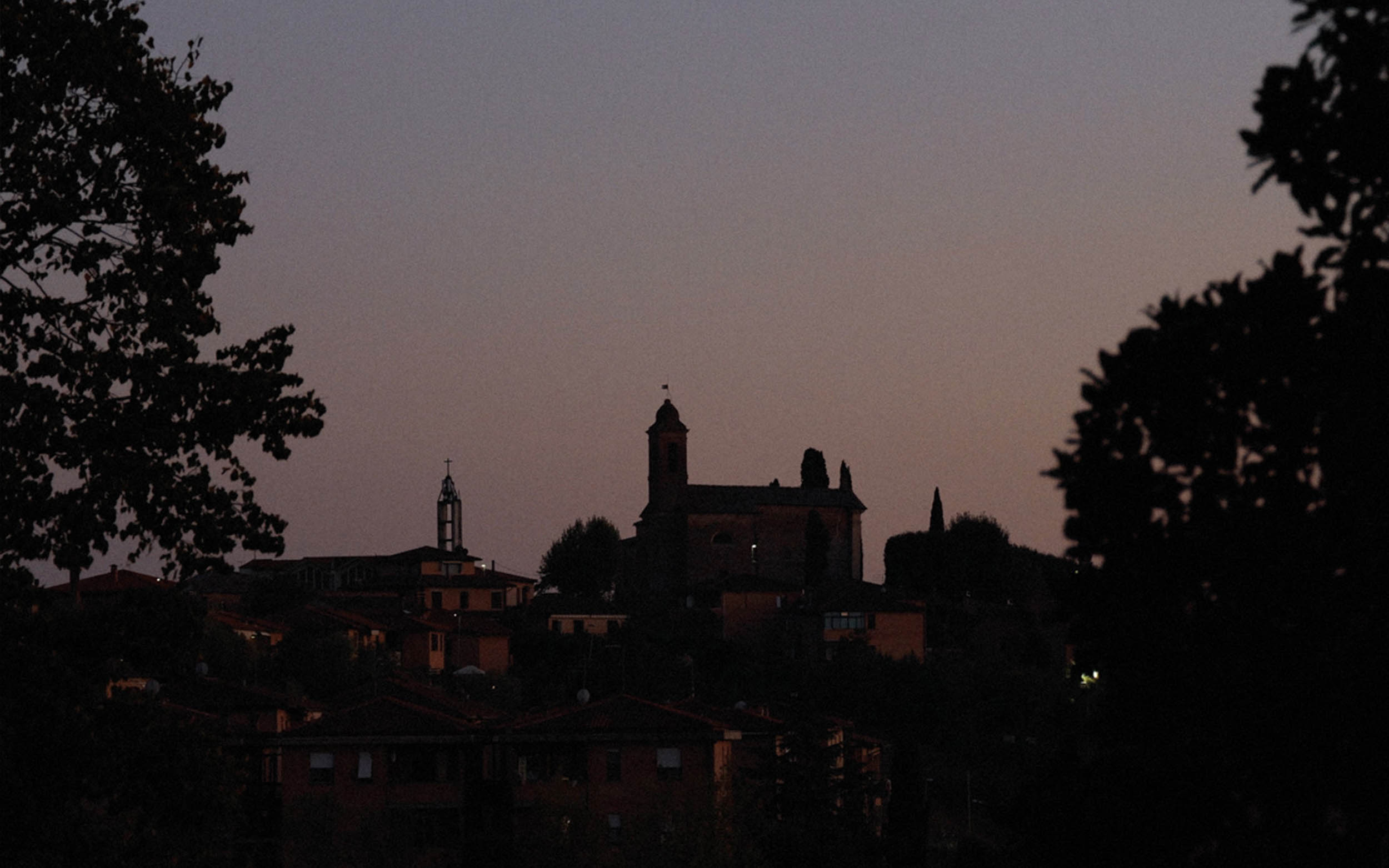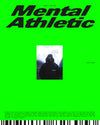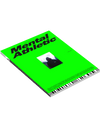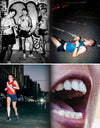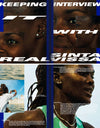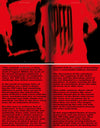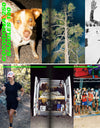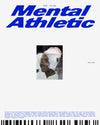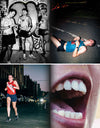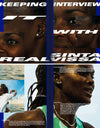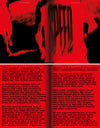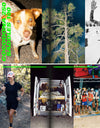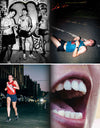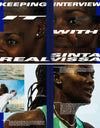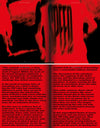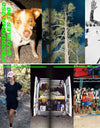Before I leave Tuscany Camp, after spending a few days in the villa, I ask Giuseppe Giambrone if he feels some sort of responsibility toward the young people he coaches. After all, they change their lives to pursue their dream in athletics, leaving their families and their countries to land in a tiny little village just outside Siena, where their sole focus is constant training to get their times down.
AND THEY RISE, AND THEY RISE, AND THEY RISE, AND THEY RISE AGAIN
Tuscany Camp 2023
PHOTO BY MICHAEL N. RODRIGUEZ | WORDS BY SARAH GEARHART
Giuseppe starts talking, conjuring up images and losing himself in anecdotes which emphasize his role as mentor/parent, and all the emotions this gives him. I interrupt him to ask him about the last time he got emotional and let himself go, and he starts talking again, giving a broader response than I could have expected, leading up to the moment when Oscar Chelimo came in third in the world 5,000 meters and Giuseppe, who was in the stands, felt his legs give way. The image created in my head is one of pure, authentic, and at the same time theatrical emotion. It’s the emotion of a person – the person who helped him get there – watching a 19-year-old boy finish third in the world in his specialty. As he unloads the tension built up over months of training and races, his legs go, as if he was the one who had been running.
The Tuscany Camp HQ retains the imperfect beauty of eighteenth-century country villas; you can sense an attempt at recovery after years of neglect. To get to my room I pass through the fixed gazes of saints and cardinals hanging on the walls, while a light breeze comes in through the open windows, rippling through the tall curtains in the hallway.
The kids are ready for their Tuesday afternoon training. We follow them in the matato – the Swahili for “van” – to the dirt track.
Giuseppe made it in 2017. It’s similar to the ones he saw in Uganda on one of his youth talent-seeking trips, except that here, in San Rocco a Pilli in Val di Merse, the soil is a light color in contrast with the wild, untamed greenery that frames the track. As the runners sit on cubes covered with artificial turf, they tell us how beautiful it gets in the summer, with the sunflowers in bloom on the hillsides.
There are about 20 athletes: Italians, Tunisians, Ugandans and Burundians. After a few laps of the track, their swift pace raises a light dust that mixes with the honey-colored light of the sun that is slowly disappearing behind the hills. There are still two repeats to go, ten laps of track for the leading group, and many have had their tops off since the second 2000 because, despite being mid-October, it’s still very, very hot and they’re drenched in sweat.
They finish up and do some stretching. By now the sun has gone down on the countryside. I think back to the track surrounded by sunflowers as we walk back toward the villa.
It’s supper time, and I’m curious to see what they’re eating. We’re sitting around a long table that has its back to a large, raised open fireplace that’s always lit in winter, with stools made out of large logs arranged around it. The food arrives, and I think that I may have idealized the athletes’ lives too much: they’re healthy, balanced dishes but ones that could be found on the table in any home.
They eat. I'm sitting at the “elders’” end, despite being the same age as many of the runners. And so I find myself in the middle of conversations on athletics between a national team coach visiting the TC, Giuseppe, and the father of one of the women runners, who’s also passing through for a few days with his wife. They separate me from the runners, whom I hear laughing and joking as if they were at a dinner with friends. After some of the empty plates have been taken away, I go up to them to try to get to know them better. There’s a new guy, who arrived in the morning and is going to start training with Giuseppe: he already knows some of the others, they talk about the camp, the training method, how Giuseppe plans the sessions, and so on. I finish eating and take my plate to the kitchen too, which becomes another opportunity to joke and tease, raising the volume in the room which is too small for all the people in it.
In the morning, it’s quiet. When I down for breakfast, I only come across a few faces, of the ones who are still at school. I go back upstairs to my room, do up my windbreaker, and head back down for the meet-up.
It’s foggy. You can make out very little of the landscape around the start of the run along paths in the hills, lost in the dense whiteness which becomes one with the sky. The dew settled on the shrubs on either side of the unsurfaced road reflects the faint light from a sun that’s still too hidden for it to be 9:30 in the morning, tracing the boundaries between the trail and the fields, like natural reflectors.
The sun comes out later, on our way to the Petriolo hot springs. They’re natural and Ademe tells me that they “absolutely reek.” But they’re great to let the athletes’ muscles recover thanks to the stream runs just past the hot water pools, where they can take advantage of the temperature difference.
I realize how all of these things come together to create the winning world of Giuseppe. He makes the most of what the location has to offer, he works hard and puts in his energy and know-how so that he can achieve top results, while running a training center of the calibre of Tuscany Camp at the same time. Many of the training facilities are his handiwork, making do with what he had and asking for help from friends and family. This wealth of constantly evolving simplicity gives the place its added value.
A few days later I have time to go for a jog myself, before the morning meet-up. I step out onto one of the unsurfaced roads and see a sign reading “Olympic Roads,” with the Tuscany Camp logo: Giuseppe had told me about this; it’s an initiative by the council, which is now aware of the camp’s significance on a local, national, and international scale.
The long workout, scheduled for the morning, always takes place on the gravelly paths snaking up and down the Val di Merse. After a few miles, their whitish dust covers the athletes’ shins. A piece at a time, the athletes strip off, coming up to the van to leave the extra layers behind.
After a few minutes, the group has already lengthened out. The ones in the lead are better at coping with the climbs and descents of the route in Radi, a village a few miles from San Rocco a Pilli.
On way back after the training I’m sitting next to Lionel and Francine. Francine is holding her phone, she opens YouTube and puts on some music. The volume is low but I’m close enough to her to hear something. I ask her what she’s listening to: it’s religious music, she says. She shows me the screen and I see some women dancing and singing in the video, then she changes and puts on another traditional, religious song from Burundi. I ask her if she listens to it as a way to pray. She nods. In silence, I listen to this music sullied by the noise of the engine and the bumps on the dirt roads in what has now become a kind of homecoming procession.
We eat lunch and shortly afterward everyone takes to their rooms to rest, exhausted.
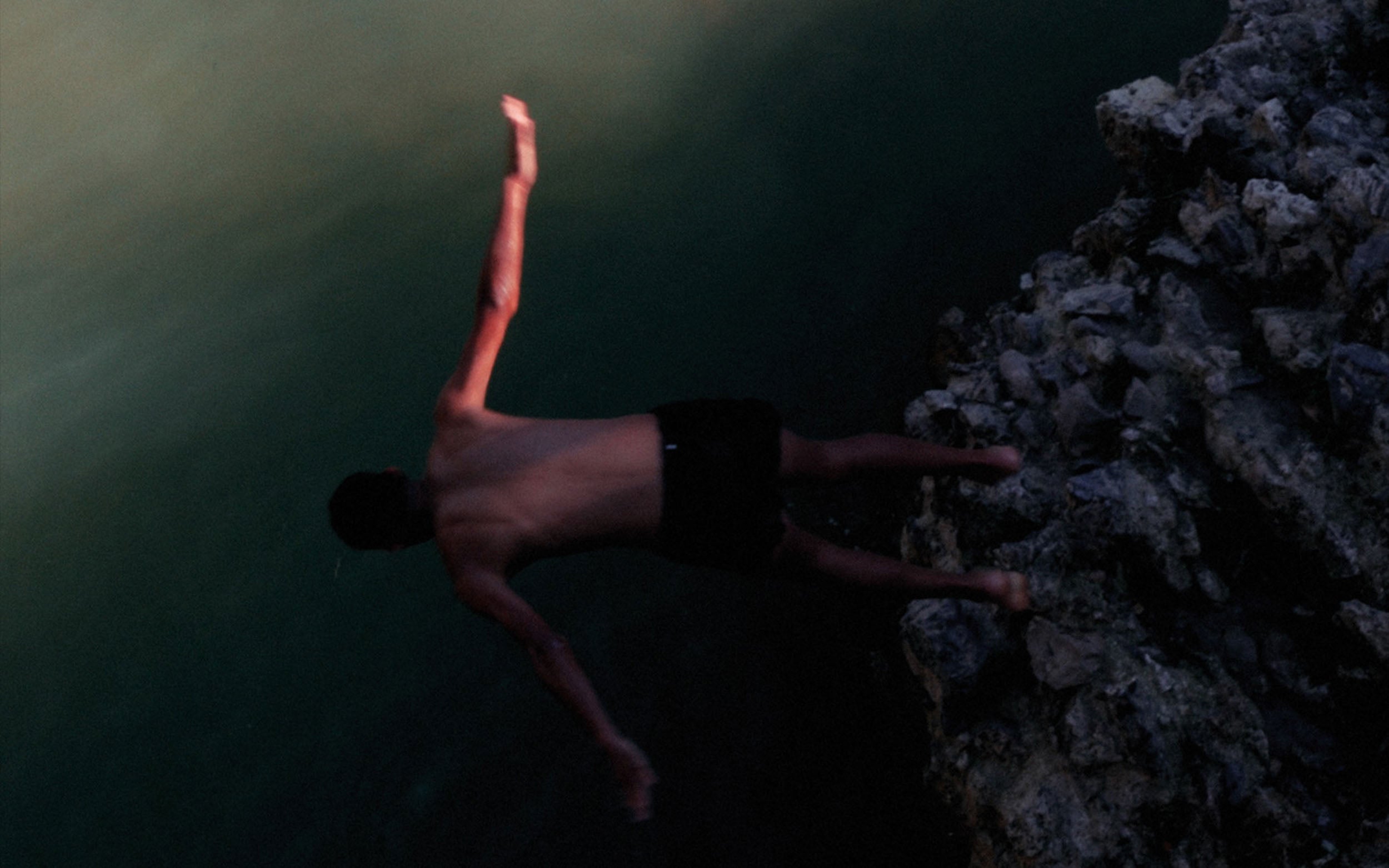
At twilight the valley is lit up, shadows stretch out over the ground. They chase and catch up with each other as the road bends, overtaking each other until they run into each other once more. The sun goes down, tracing the outline of the hills, slumbering in a warm light.
Here’s the group: the athletes’ imprecisely synchronized steps, Giuseppe’s words of encouragement, ready to start another lap.
